

AWS App Runner Alternatives: Top 10 Choices for Effortless Container Deployment

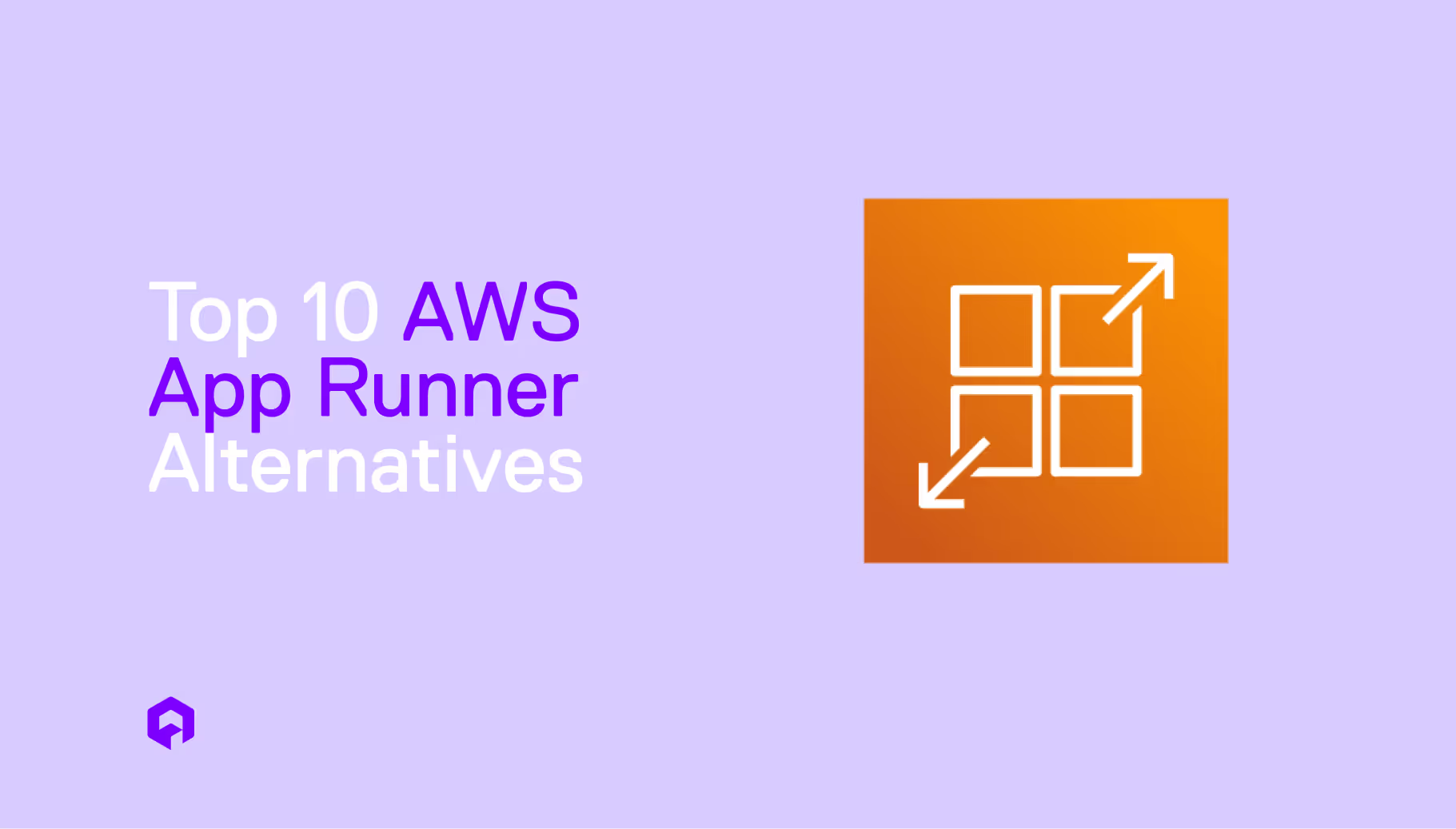

Key Points
- AWS App Runner's convenience comes at the cost of limited customization, networking rigidity, and strong vendor lock-in. These restrictions often prevent applications from achieving necessary control and cost efficiency, especially for services that need to "scale to zero."
- The best alternative is a platform that offers the simplicity of PaaS while addressing these flaws. Qovery is positioned as the top choice by providing multi-cloud support and automatic Kubernetes setup directly on your cloud account, solving vendor lock-in and granting greater flexibility.
- The alternatives market is diverse, allowing strategic migration based on need: use Google Cloud Run for maximum cost savings (scales to zero), ECS/Fargate for fine-grained control within AWS, or EKS for full Kubernetes orchestration power.
AWS App Runner simplifies the deployment of containerized web applications and APIs, offering a serverless, "hands-off" experience. It manages the infrastructure, scaling, and load balancing, making it a compelling Platform as a Service (PaaS) choice within AWS.
However, App Runner’s simplicity often limits customization, restricts networking flexibility, and introduces potential vendor lock-in. These constraints drive developers to seek alternatives that offer greater granular control, superior customization, or a more cost-effective, multi-cloud solution.
This article presents the top ten alternatives to AWS App Runner, detailing the pros, cons, and ideal use cases for each.
What is AWS App Runner Missing?
Developers typically seek alternatives when they encounter these limitations:
- Limited Customization: App Runner abstracts away the underlying infrastructure (ECS/Kubernetes), restricting control over security groups, networking, and runtime environment.
- Networking Rigidity: Complex integration with existing VPCs (Virtual Private Clouds) and the lack of a "scale to zero" option can impact cost efficiency and security.
- Vendor Lock-in: The platform is optimized solely for the AWS ecosystem, which is a major constraint for multi-cloud strategies.
10 Best AWS App Runner Alternatives
1. Qovery (The #1 Alternative)
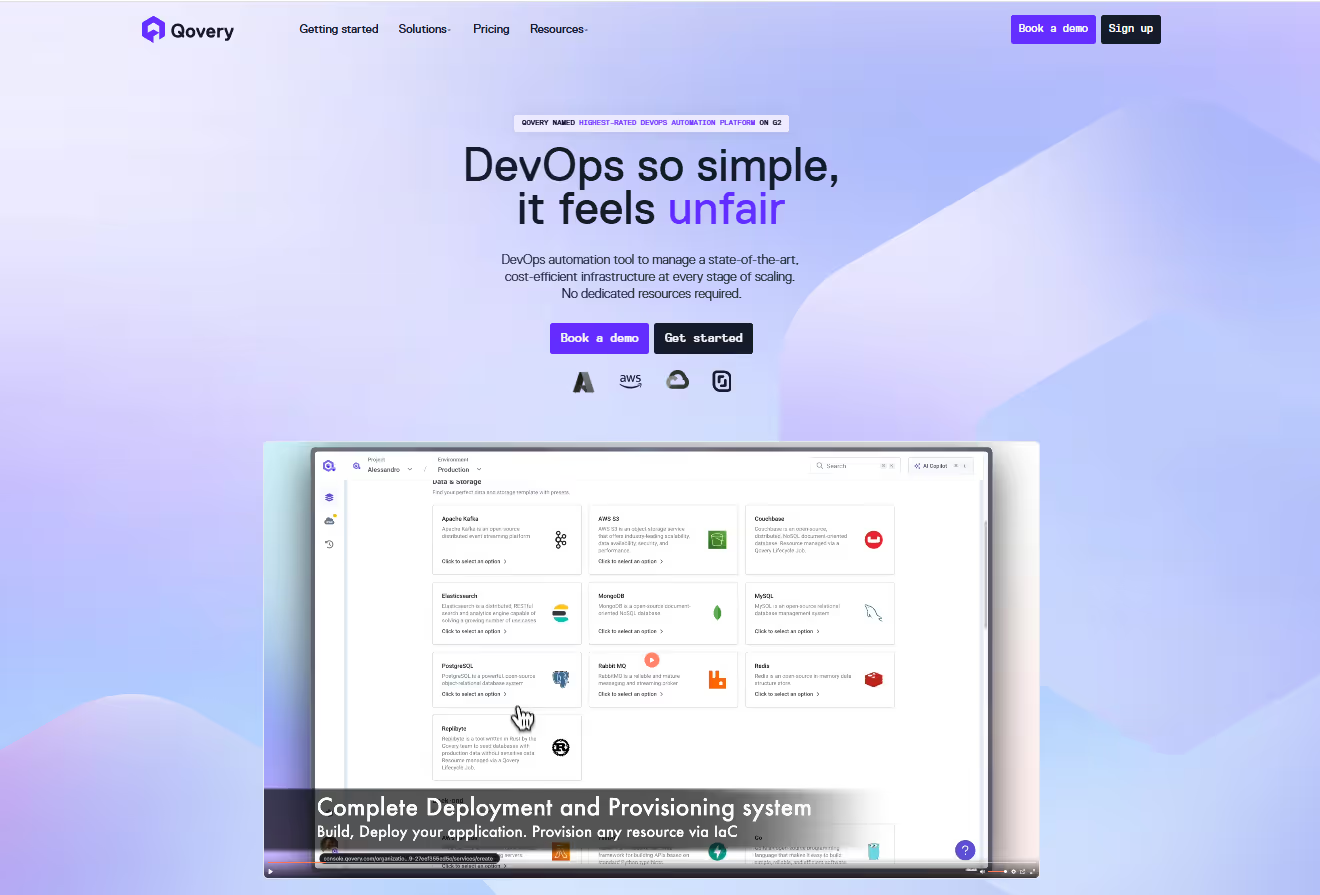
Qovery is a multi-cloud deployment platform that automatically manages infrastructure and simplifies application deployment across various cloud providers (including running on your own AWS account). It provides the ease of a PaaS with the flexibility of your own cloud.
Pros:
- Multi-Cloud Support and Kubernetes-Centric features solve vendor lock-in and customization issues.
- It offers automatic Kubernetes setup on your cloud account, integrated CI/CD, and supports ephemeral environments.
- It is fully managed, minimizing operational overhead.
Cons:
- Currently has fewer native integrations than the major hyperscalers (AWS, Azure, GCP).
Use Cases:
- Organizations prioritizing vendor freedom, Kubernetes adoption without complexity, and unified deployment across multiple clouds.
Don't let App Runner's limitations slow you down.
Simplify your deployment, eliminate vendor lock-in, and gain Kubernetes power without the complexity. Schedule a Qovery Demo Today!
2. Google Cloud Run
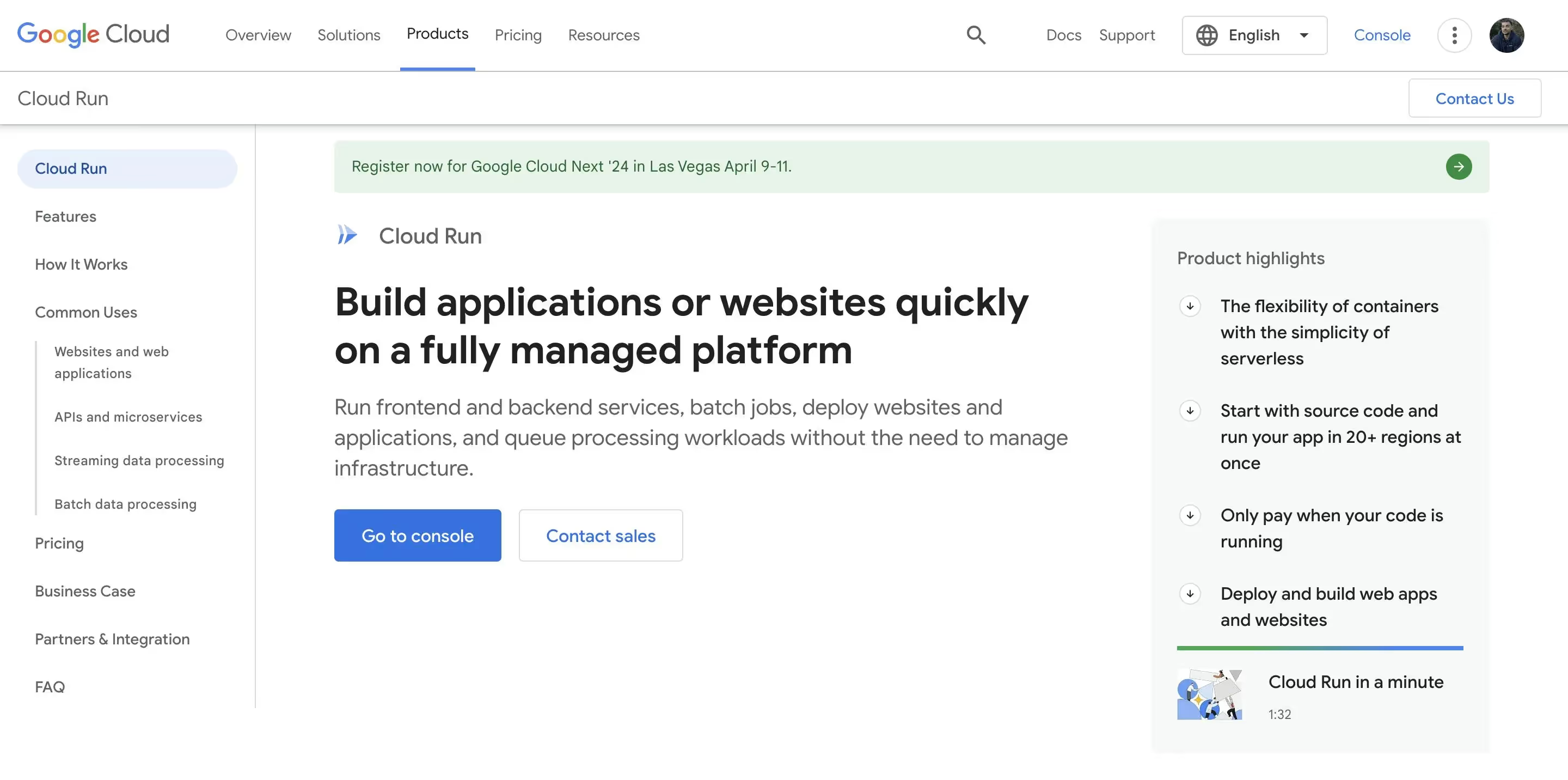
GCP's serverless container platform is a powerful, direct competitor to AWS App Runner, designed to run stateless containers via HTTP requests.
Pros
- Scales to zero instantly (zero cost when idle).
- Rapid container startups.
- Extremely cost-effective for services with intermittent traffic.
Cons
- Designed primarily for stateless services.
- Managing stateful applications is more complex.
Use Cases
- Serverless APIs, rapid prototyping, and event-driven backends.
- Stateless microservices where cost efficiency during idle times is the primary driver.
3. AWS Elastic Container Service (ECS) with Fargate
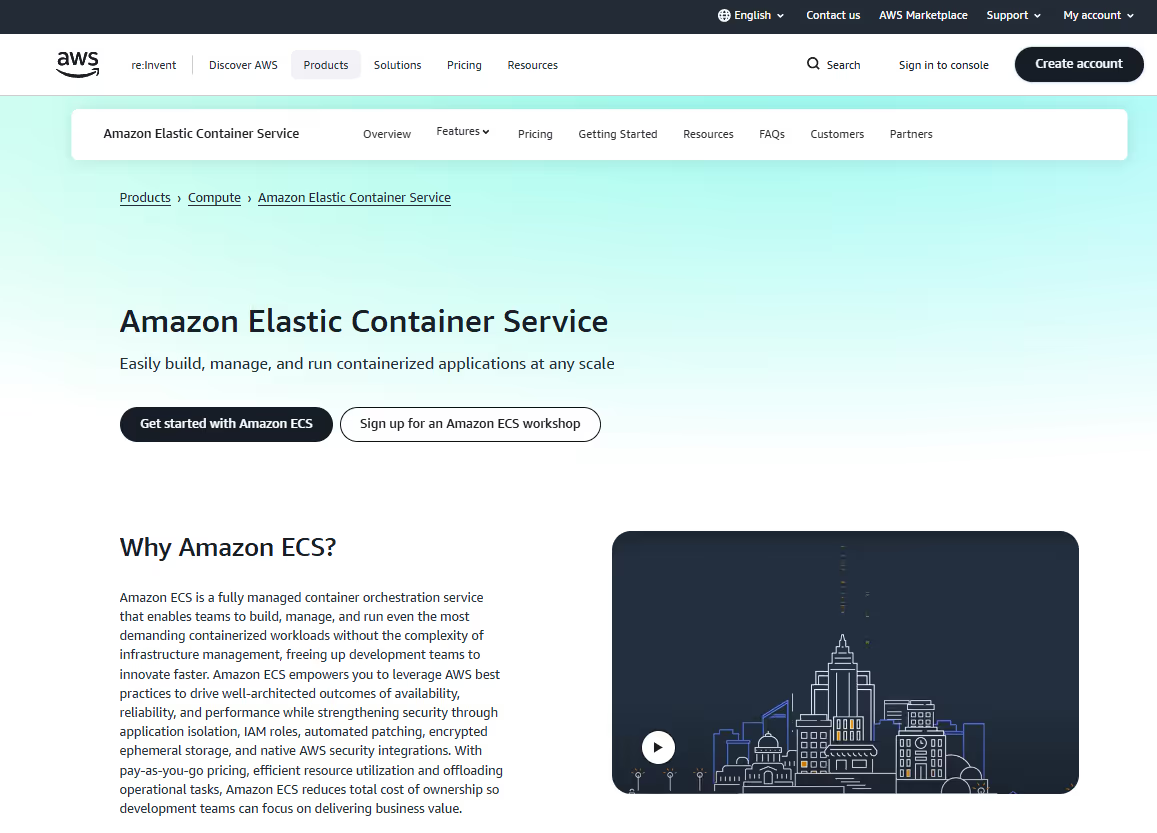
This is the most natural AWS alternative, offering more control while retaining serverless benefits. ECS is a container orchestration service, and Fargate is the serverless compute engine that runs the containers.
Pros
- Granular control over networking (VPC, Security Groups) and IAM permissions.
- Highly cost-optimized by fine-tuning resource allocation.
Cons
- Requires manual configuration of ECS services, task definitions, and load balancers.
- Cost management requires constant monitoring.
Use Cases
- Applications requiring deep AWS integration and fine-grained control over network security.
- Complex microservices already invested in the AWS ecosystem.
4. Microsoft Azure App Service

A robust, fully managed platform within the Microsoft Azure ecosystem, offering broad language support and deep integration with Azure tools.
Pros
- Deep integration with Azure services.
- Excellent global reach.
- Supports serverless functions via Azure Functions.
Cons
- High costs for premium tiers.
- Strong vendor lock-in to the Azure platform.
Use Cases
- Businesses already heavily invested in Azure or Microsoft tools (e.g., .NET Core, Azure DevOps).
- Enterprise applications requiring global distribution.
5. Heroku
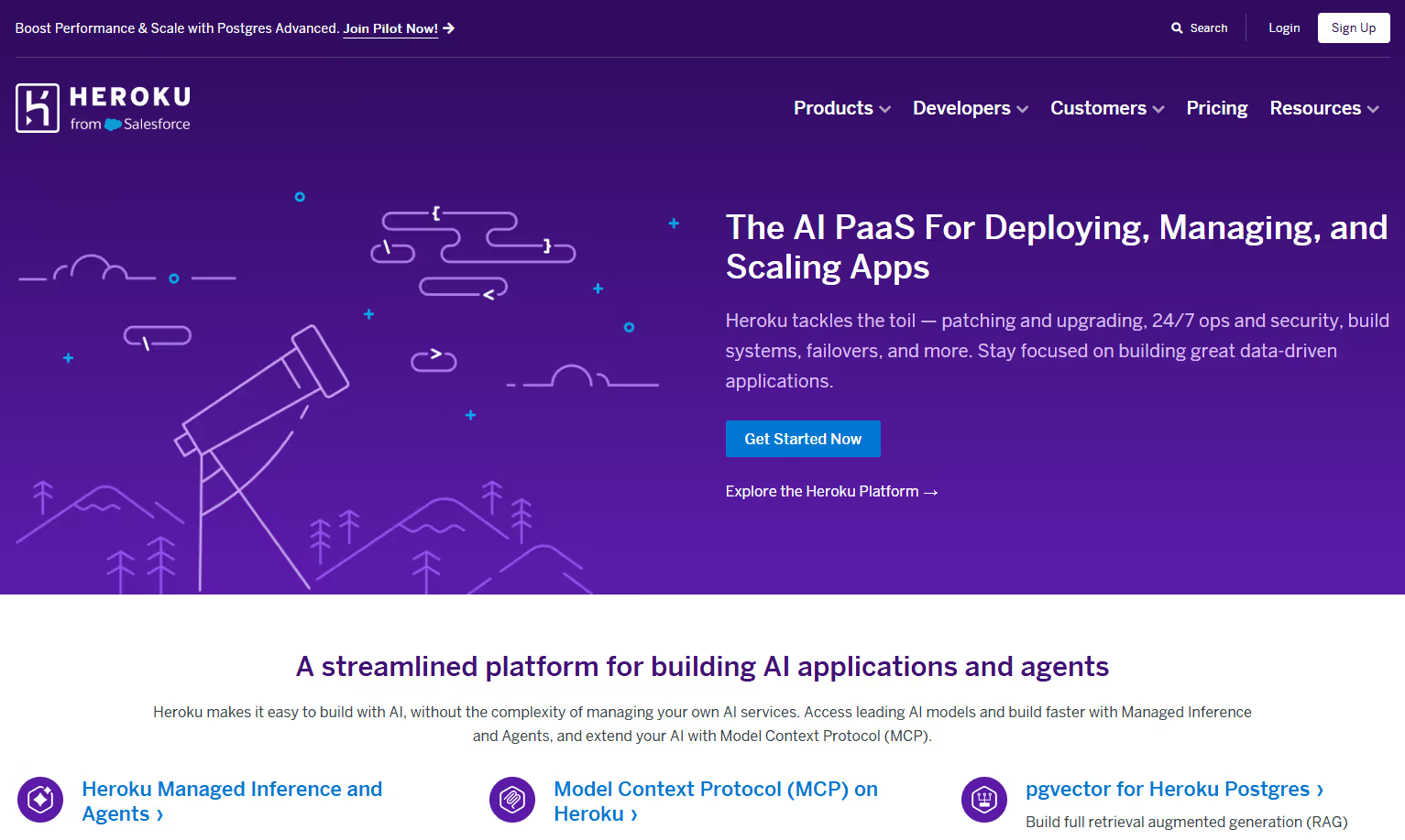
The classic PaaS solution, offering unparalleled simplicity via Git push and an extensive Add-ons Marketplace.
Pros
- Simple deployment via Git push.
- Automatic environment configuration.
- Extensive marketplace for managed services.
Cons
- Higher costs for resource-intensive applications compared to self-managed cloud alternatives.
- Limited control over underlying infrastructure.
Use Cases
- Startups and rapid prototyping.
- Projects where developer experience is the absolute top priority.
6. DigitalOcean App Platform (DO App Platform)
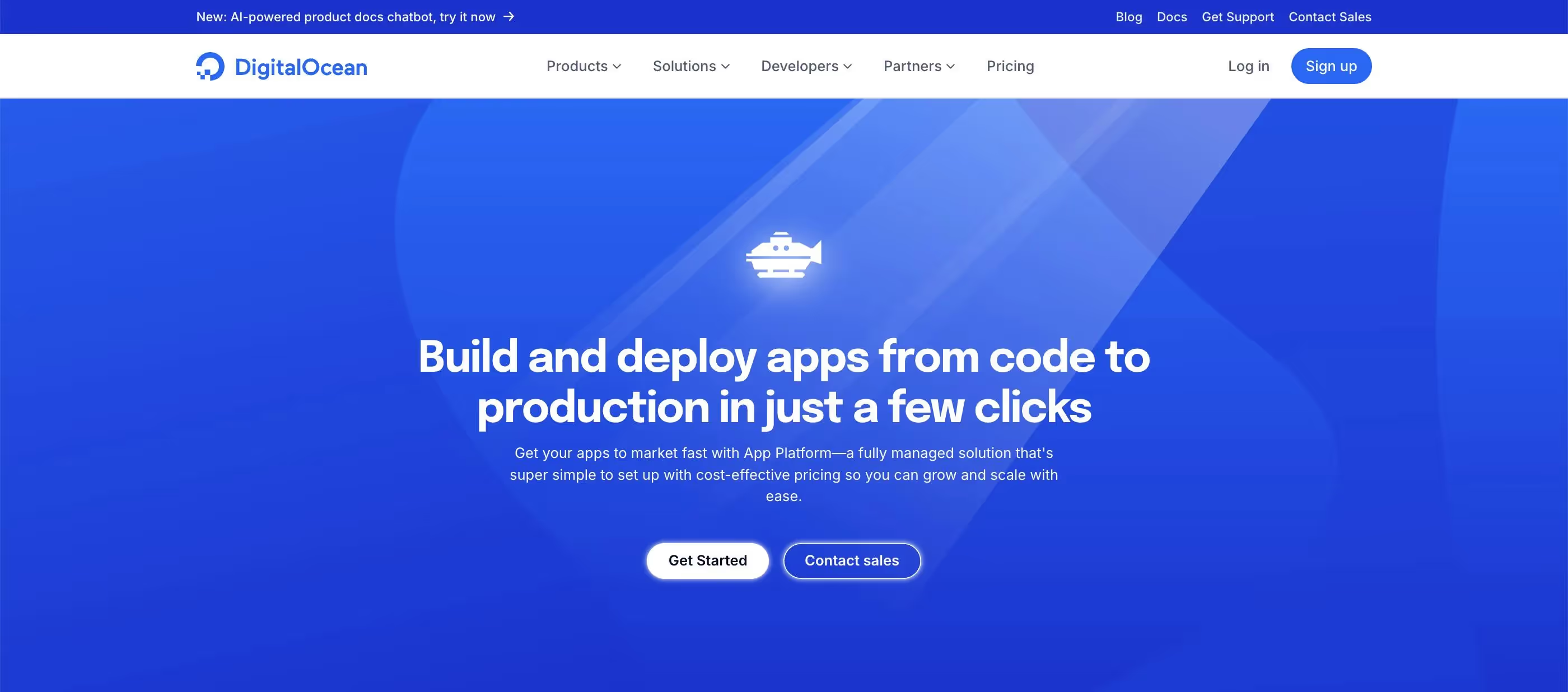
DigitalOcean's PaaS focuses on providing a cost-effective, user-friendly experience, highly appealing for startups and smaller businesses.
Pros
- Highly cost-effective and predictable pricing.
- Simple interface.
- Seamless integration with other DigitalOcean services.
Cons
- Feature set is less extensive and mature than major clouds.
- May not suit very high scaling needs.
Use Cases
- Cost-conscious startups, individual developers.
- Applications with predictable, moderate workloads.
7. AWS Elastic Kubernetes Service (EKS)
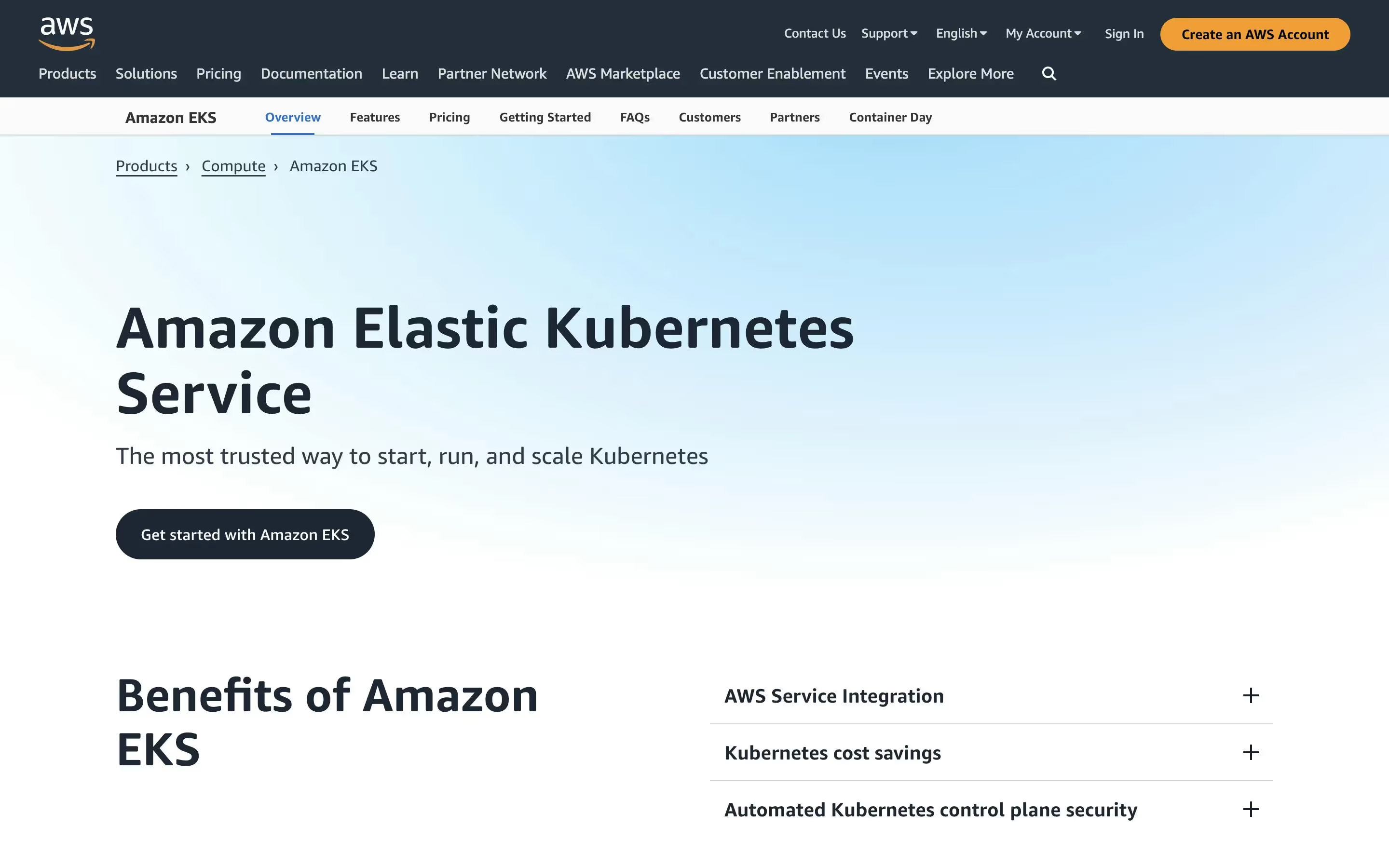
Moving to EKS is a leap toward full container orchestration control. EKS manages the Kubernetes control plane, giving you full access to all K8s features.
Pros
- Maximum control over container scheduling, networking, and resource utilization.
- Unlocks the entire Kubernetes ecosystem (Helm, Istio, etc.).
Cons
- Steep learning curve.
- Significantly higher operational complexity.
- Requires management of worker nodes.
Use Cases
- Large-scale, complex microservice architectures requiring sophisticated scaling logic.
- Organizations with dedicated DevOps/Kubernetes expertise.
8. Cloud Foundry
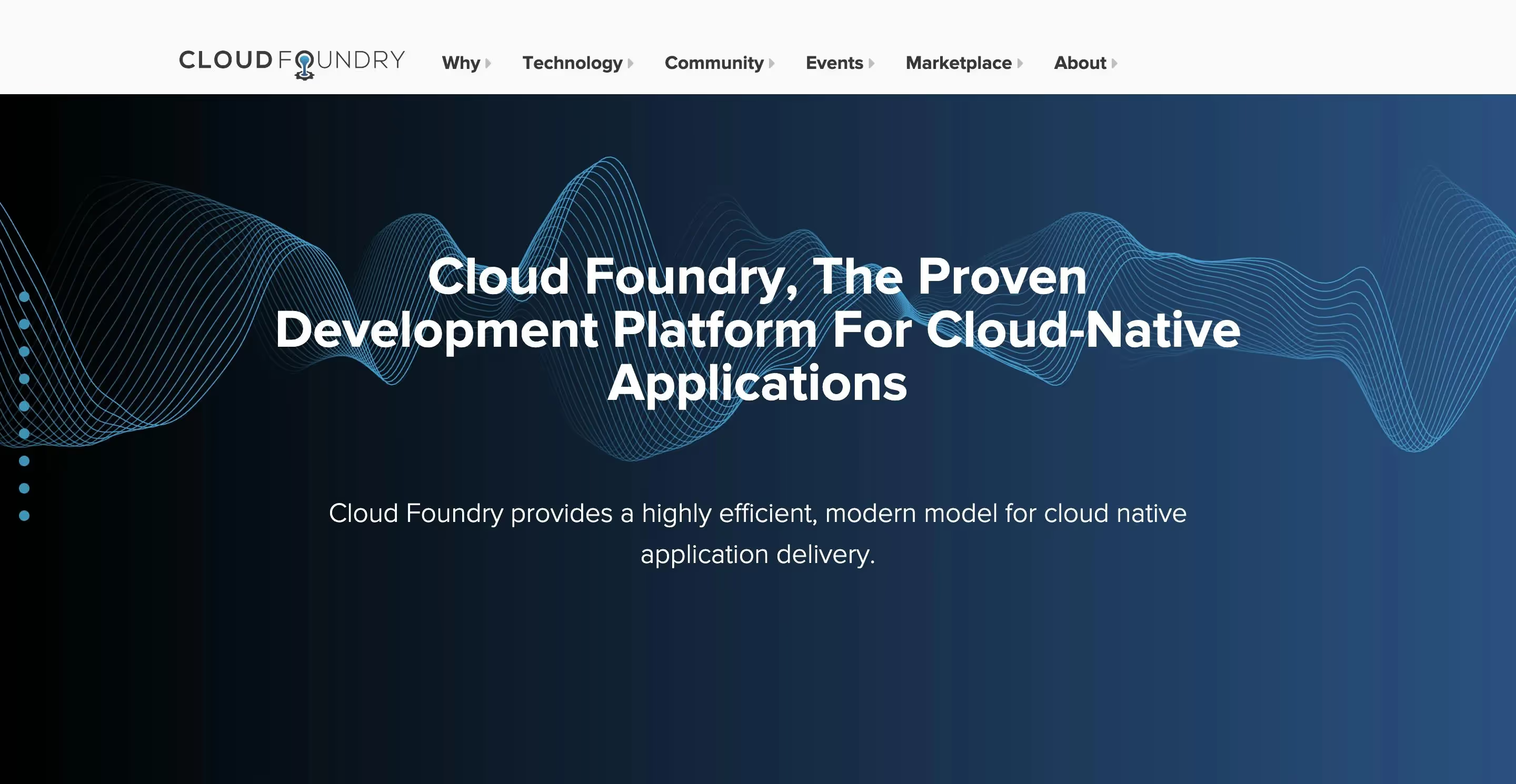
An open-source PaaS designed for deploying and scaling complex applications across various cloud environments.
Pros
- Excellent multi-cloud portability.
- Handles large-scale deployments efficiently.
- Vibrant community support.
Cons
- Requires more complex initial setup and configuration than App Runner.
- Steeper learning curve.
Use Cases
- Large, complex enterprise applications requiring high scalability and vendor freedom.
- Businesses needing an open-source PaaS solution.
9. Render
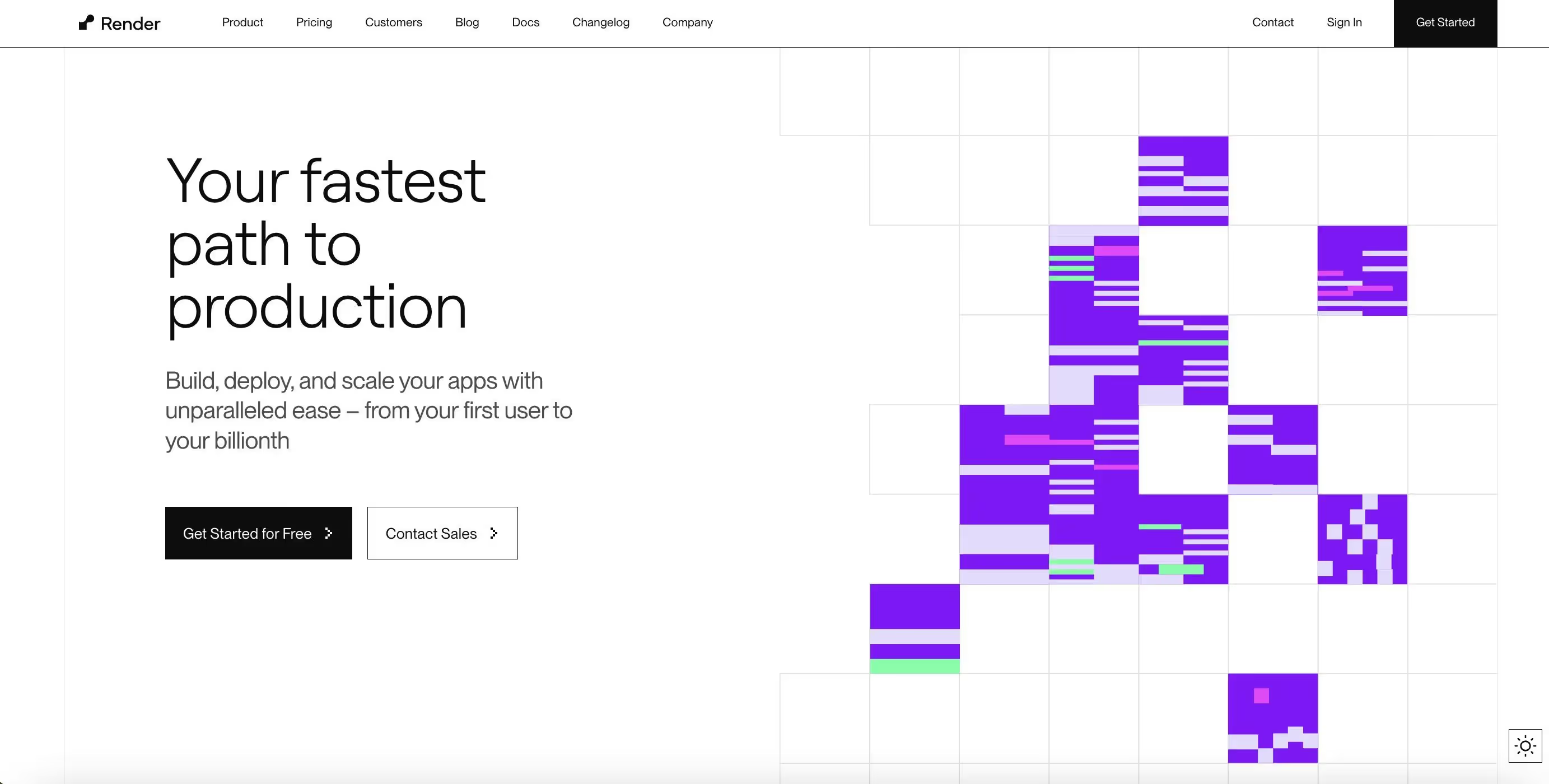
A unified cloud platform focused on running all your web services, databases, and cron jobs in one place, serving as a direct competitor to Heroku and App Runner.
Pros
- Supports web services, background workers, and managed databases natively under one dashboard.
- Clear, predictable pricing structure.
Cons
- Limited server customization compared to IaaS platforms.
Use Cases
- Developers looking for a Heroku replacement with predictable pricing.
- Projects needing an all-in-one PaaS that handles compute and data services simply.
10. Railway
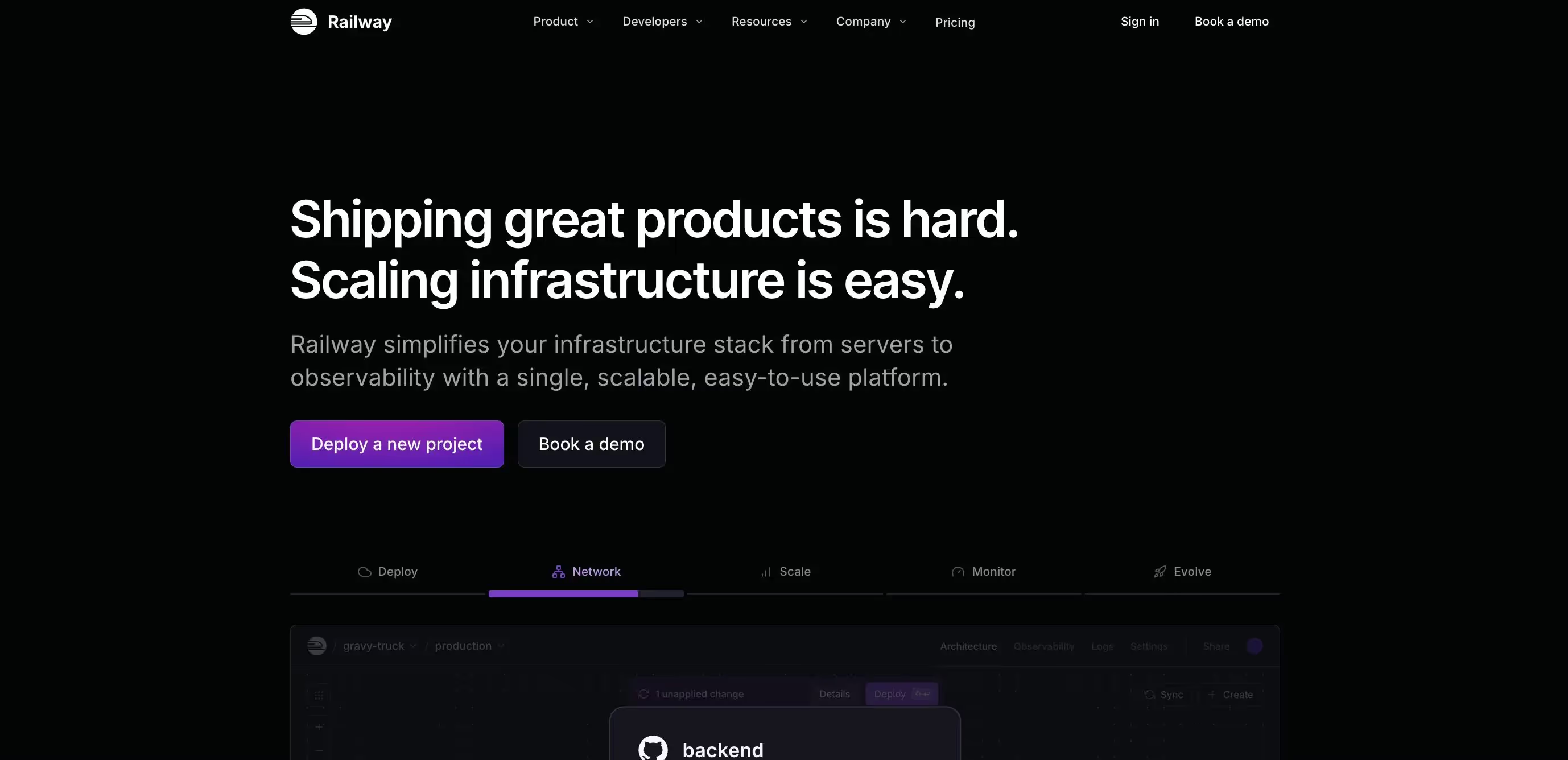
A modern, developer-focused PaaS that simplifies infrastructure deployment for smaller projects and startups, known for its sleek interface and speed.
Pros
- Highly intuitive.
- Fast deployment from Git.
- Excellent tooling for setting up environments.
Cons
- Less mature and fewer enterprise features than major cloud offerings.
Use Cases
- Modern startups and full-stack developers.
- Projects prioritizing simplicity over vendor deep-integration.
Comparison Summary Table
Here is the comparison summary table for all the AWS App Runner alternatives.
Conclusion: Finding Your Ideal Platform
While AWS App Runner excels in simplicity, it limits your control over the infrastructure and network. To overcome the core issues of limited control and vendor lock-in, you need a targeted solution. Stop settling for platforms that restrict you.
Instead, map your project's unique requirements to these powerful alternatives: Qovery for multi-cloud Kubernetes simplicity, Google Cloud Run for maximum "scale-to-zero" cost efficiency, or AWS ECS/Fargate for deeper control within the Amazon ecosystem. Find the solution that fits your exact needs to ensure your application thrives.
Ensure your application has the ideal environment to thrive and scale. Schedule a demo today!

Suggested articles
.webp)



.svg)
.svg)
.svg)












